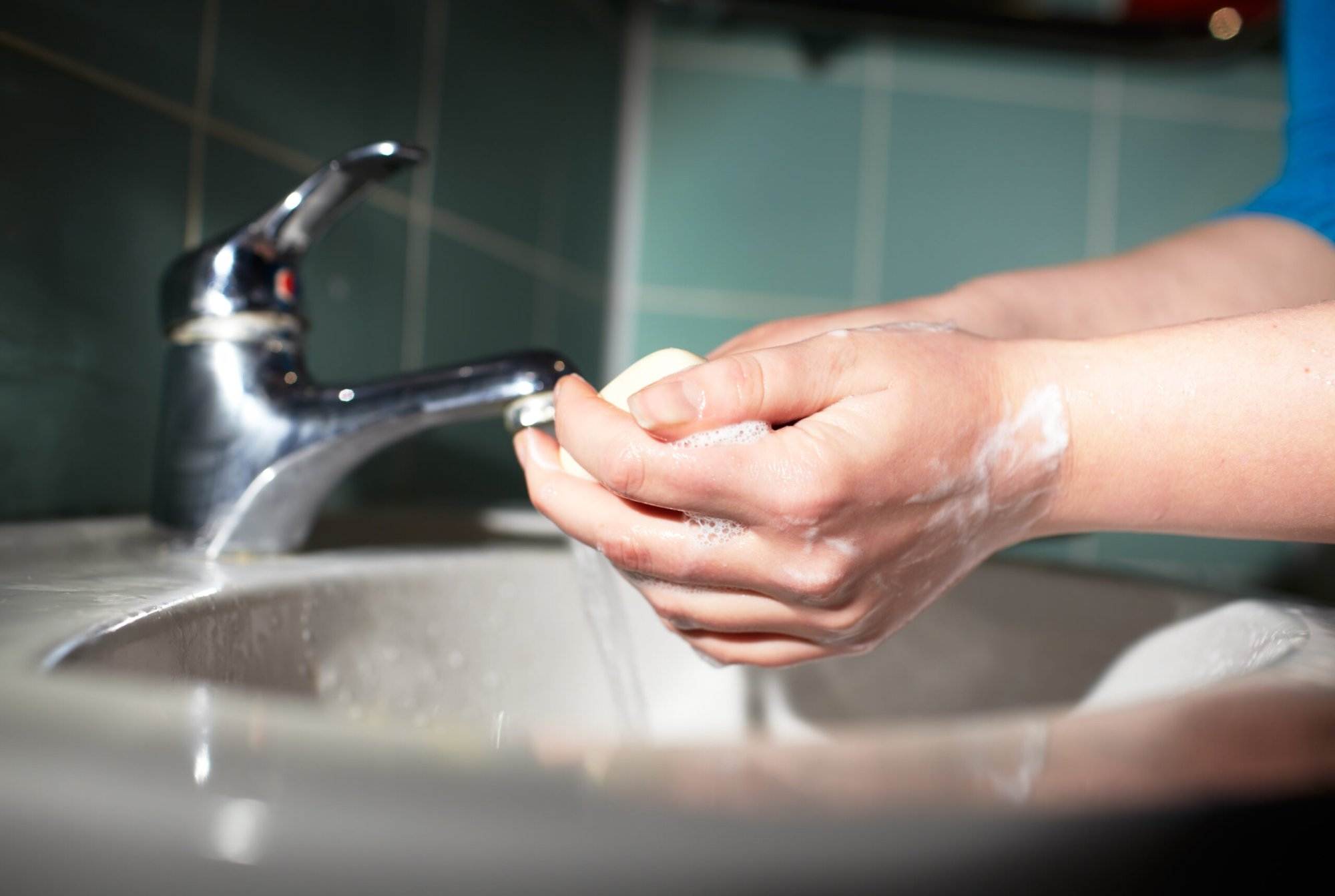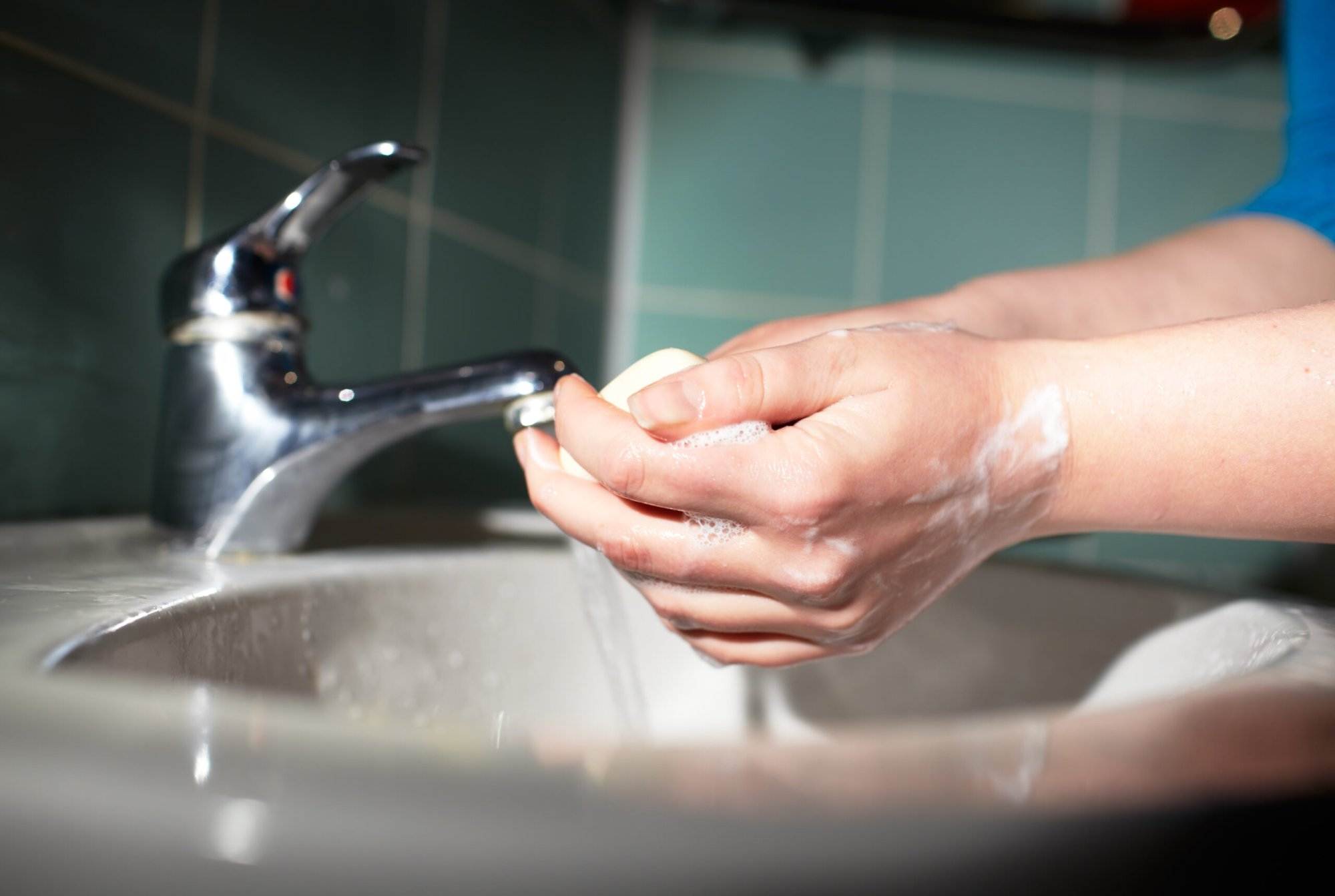Disinfection & Deep Cleaning: Increased focus on sanitizing surfaces to combat viruses and bacteria.
As the world becomes more interconnected, people are constantly moving from one place to another, making it easier for diseases to spread rapidly. Whether you’re at home or in a business setting, maintaining a clean environment is crucial to prevent the transmission of germs and illnesses. One way to achieve this is through disinfecting and deep cleaning your surroundings regularly.
In this article, we will discuss how to perform a thorough disinfection and deep cleaning process that will help sanitize surfaces in your home or business. We will also provide tips for choosing the right disinfectant products and maintaining a sanitary environment year-round.
Introduction to Disinfection & Deep Cleaning
Disinfection refers to the process of killing pathogens such as bacteria, fungi, and viruses using chemical agents like disinfectants. On the other hand, deep cleaning involves removing dirt, grime, and debris from hard-to-reach areas that regular cleaning methods may miss. Combining both processes can effectively eliminate contaminants and reduce the risk of cross-contamination.

Importance of Sanitizing Surfaces in Homes and Businesses
Sanitizing surfaces is essential because it helps remove harmful microorganisms that can cause illnesses. It is especially important in high traffic areas where people come into contact with shared equipment and furniture. For example, offices, schools, hospitals, and public restrooms require frequent disinfection and deep cleaning to keep their environments safe and hygienic.
How to Perform a Thorough Disinfection & Deep Cleaning
To perform a thorough disinfection and deep cleaning process, follow these steps:
1. Start by preparing your cleaning supplies, including disinfectants, gloves, rags, mops, and buckets. Choose products that are specifically designed for disinfecting and have an EPA registration number.
2. Identify all the surfaces that need to be cleaned, including floors, countertops, doorknobs, light switches, and other frequently touched objects. Make sure they are dry before applying any disinfectant.

3. Apply the disinfectant according to the manufacturer’s instructions, covering all surfaces thoroughly. Pay attention to crevices and cracks where germs tend to hide.
4. Allow the disinfectant to sit for the recommended time, usually between 5-10 minutes, to kill off any pathogens.
5. Wipe down the surface with a clean rag or mop, making sure to remove any remaining residue.
6. Repeat the process until all surfaces have been disinfected and cleaned thoroughly.
Tips for Choosing the Right Disinfectant Products
Choosing the right disinfectant product is critical to ensure effective sanitation. Here are some tips to consider when selecting a disinfectant:
1. Look for products that are specifically designed for disinfecting and have an EPA registration number. This indicates that the product has been tested and approved for its intended use.
2. Consider the type of surface you want to disinfect. Some disinfectants are formulated for specific types of surfaces, such as glass, metal, or wood.
3. Check the concentration level of the disinfectant. Higher concentrations are generally more effective but may require longer dwell times.
4. Read the label carefully and follow the manufacturer’s instructions for proper usage.
Conclusion: Maintaining a Sanitary Environment Year-Round
Maintaining a sanitary environment requires consistent effort throughout the year. Regular disinfection and deep cleaning should become part of your routine to minimize the spread of germs and illnesses. By following the above guidelines, you can effectively sanitize surfaces in your home or business and create a healthier and safer environment for everyone.

